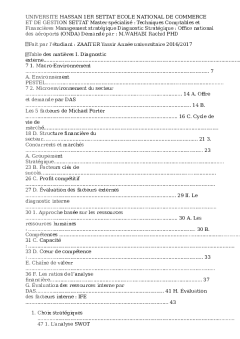Resin selection guide Resins and Intermediates Selection Guide Silicone resins for high-performance decorative and protective coatings Silicon-based chemistry from the XIAMETER brand helps you solve tough performance challenges and gain a competitive edge
Resins and Intermediates Selection Guide Silicone resins for high-performance decorative and protective coatings Silicon-based chemistry from the XIAMETER brand helps you solve tough performance challenges and gain a competitive edge in the coatings marketplace XIAMETER brand silicone resins and resin intermediates feature resistance to temperature extremes moisture corrosion electrical discharge and weathering They are compatible with many organic resins and many combinations of silicone resins can beformulated for speci ?c applications and ?lm properties Product Choice The XIAMETER brand from Dow Corning o ?ers a diverse line of silicone resins and intermediates for formulating high-performance decorative and protective coatings Solvent- based solventless liquid and solid ake options ranging in silicone content from to percent by weight are available This variety allows formulators to ful ?ll a wide range of performance and regulatory requirements and to achieve the best combination of performance and economy for each application Tables through provide general guidelines for the selection of appropriate resins and intermediates Innovative Technology The use of silicones in coatings markets has evolved over the decades allowing formulators to create di ?erentiated highperformance product o ?erings Hybrid resin systems include cold-blended interpenetrating resin networks and copolymerized ??true ? resin hybrids Silicone resins and intermediates found utility in silicone alkyd maintenance paints s silicone polyester coil coatings s and most recently silicone epoxy industrial and marine maintenance coatings s Gloss and color retention along with corrosion moisture weather and heat resistance are achieved via the incorporation of silicon-based materials into a wide array of paints ?nishes and coatings The level of silicone modi ?cation is dictated by the severity of the application performance requirements See Table and can range from a minimum of to percent silicone incorporation into the organic resin Higher levels of silicone resin to percent of resin binder provide the highest level of thermal and ultra-violet radiation resistance but bene ?t from the inclusion of small portions of organic resins to improve physical properties such as hardness phenolics and melamines air dry acrylics corrosion resistance epoxies and toughness alkyds Temperature and Hardness Silicone resin choice is heavily in uenced by the environmental temperatures to which the end application will be exposed Film hardness is another important consideration Optimum coating performance is achieved by balancing these two parameters Softer more exible resins are recommended for coating formulations intended for the highest temperature ranges Rigid resins with excellent hot hardness are recommended for mid-range temperature applications See Tables and for temperature and resin hardness information Pigments When formulating silicone or silicone modi ?ed organic binder systems the performance requirements of the application determine pigment suitability Standard pigments used with organic binder systems can be employed for those coatings intended for applications exposed to low or moderate temperatures to C to F For higher temperatures only heat-stable inorganic pigments should be utilized Consideration should also be given to coatings exposed to weather or chemical attack Aluminum pastes and metal oxides in particular iron Table Using Resins for Cost-E ?ective High-Temperature Performance Performance Temperature Range
Documents similaires










-
45
-
0
-
0
Licence et utilisation
Gratuit pour un usage personnel Aucune attribution requise- Détails
- Publié le Apv 14, 2022
- Catégorie Management
- Langue French
- Taille du fichier 53.3kB


